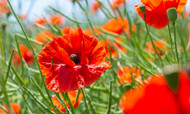5 Anzac Day Flowers and Their Meaning
Posted by Maris on 26th Feb 2024
There are several ways to observe Anzac Day, which is a moment to remember those who have served our country. From customs like the morning service and making biscuits for Anzac, to identifiable images like poppies and rosemary sprigs.
For many years, people have worn flowers as pins or arranged them in wreaths to honor the armed forces, but what significance do these flowers and plants have?
These are five popular Anzac flowers together with an explanation of their meaning.
Rosemary
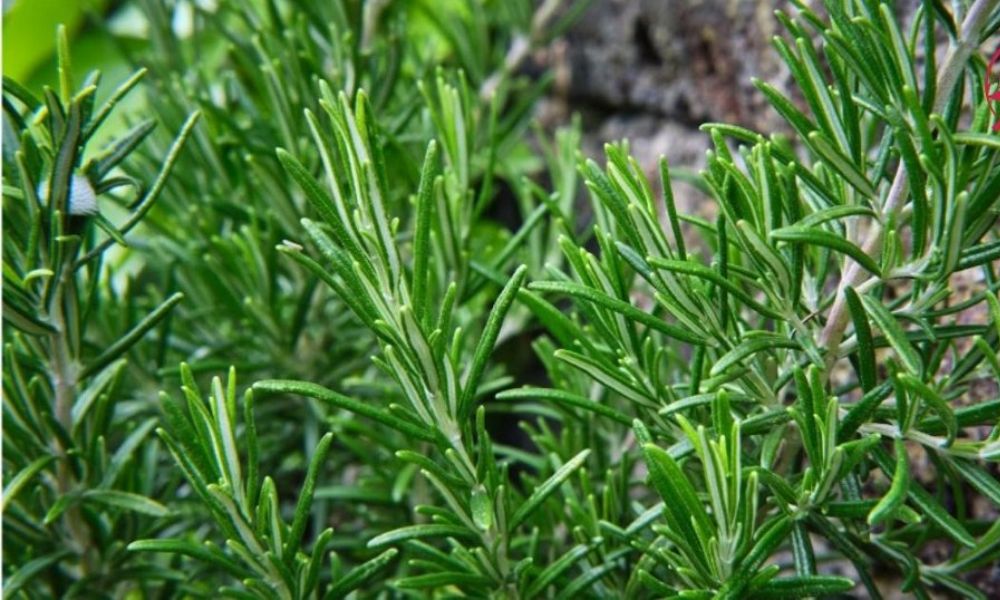
Because it grows wild on the Galipoli peninsula, rosemary holds special meaning for people from Australia and New Zealand. Greek scholars wore rosemary in their hair to help them recall their lessons. The plant was believed to have memory-boosting properties in ancient times. People now wear it as a token of remembrance on Anzac Day because of its lasting relationship with memory.
Flanders poppies
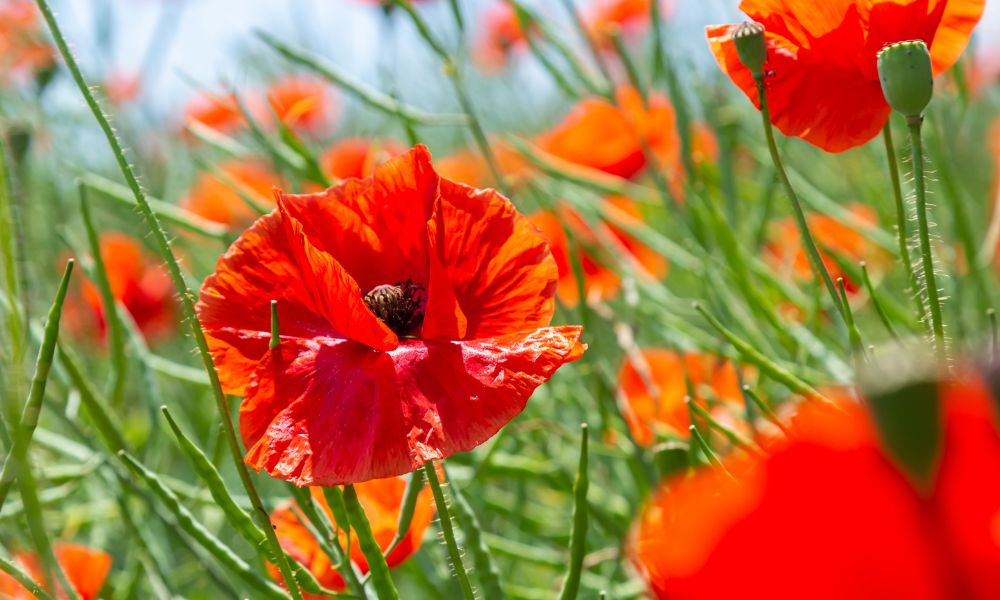
When it blooms in the spring, the flanders poppy is believed to have grown in the trenches and on European battlefields. Because poppies prefer disturbed soil, the war's artillery shells and shrapnel disrupted the ground enough to allow poppies to bloom profusely.
In 1921, poppies eventually arrived in Australia from France, where they were sold by war widows to generate money for the war's wounded and disabled survivors. Poppies are now most commonly connected with Remembrance Day in November, when people wear them as a symbol; nevertheless, Anzac Day also frequently sees poppies used as wreaths.

Anzac rose (Rosa Hybrida 'Kortutu')
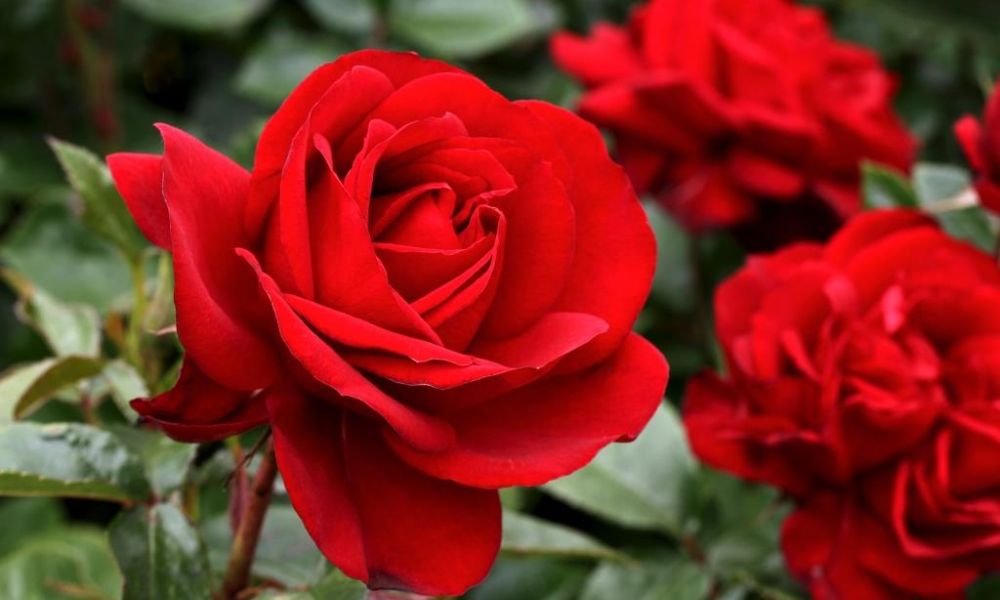
The Anzac Rose, also called the Gallipoli Centenary Rose, is a deep velvet red bloom with an extended flowering time that is resilient and unfading. It was chosen to honor the Gallipoli Centenary in 2015.
German breeder Kordes created this cluster-blooming flower, which has received accolades for its resilience to illness.
Gallipoli rose (Cistus Salviiflorus)
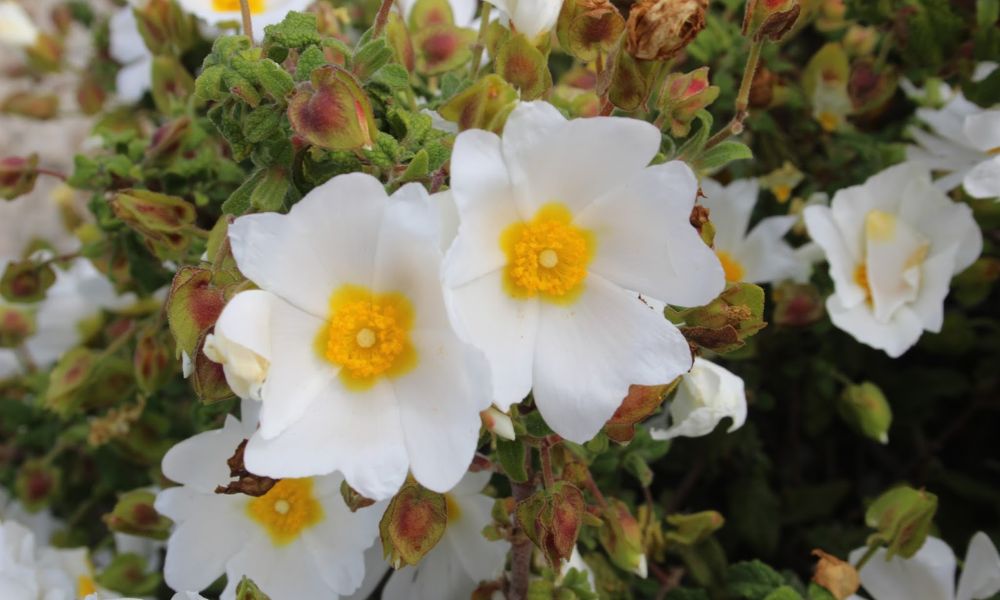
The Gallipoli rose, sometimes referred to as rockrose, is a low-growing shrub with single white blossoms that blooms from seeds. After World War One, returning soldiers brought this flower back to Canberra, where it is currently grown by The Heritage Yarralumla Nursery and made accessible for anybody wishing to plant a memorial.
Lone Pine (Pinus Halepensis)
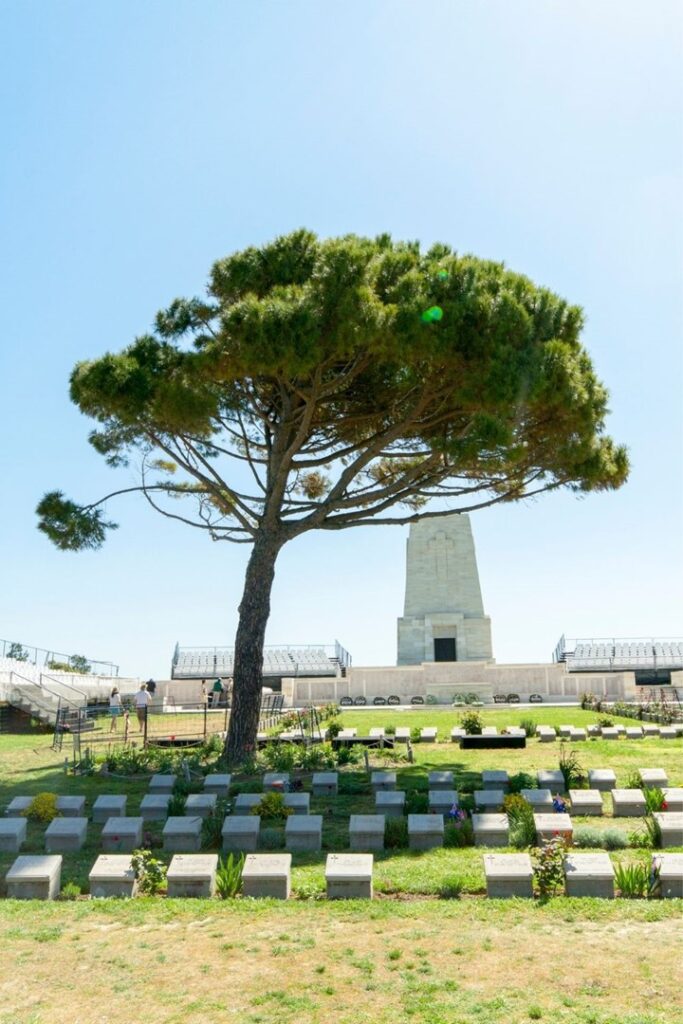
Only one Aleppo pine remained after Turkish soldiers bulldozed the area in 1915 to make way for trenches before ANZAC forces arrived at Gallipoli Cove. Lone Pine Ridge became the name given to this region.
A cone was discovered and sent home with his mother by an Australian soldier who had fought in the conflict and lost his brother. In memory of her own son and the sons of others who lost their lives at Lone Pine, she gave a seed to be planted in the War Memorial grounds. Yarralumla Nursery also propagates seeds from this tree.

